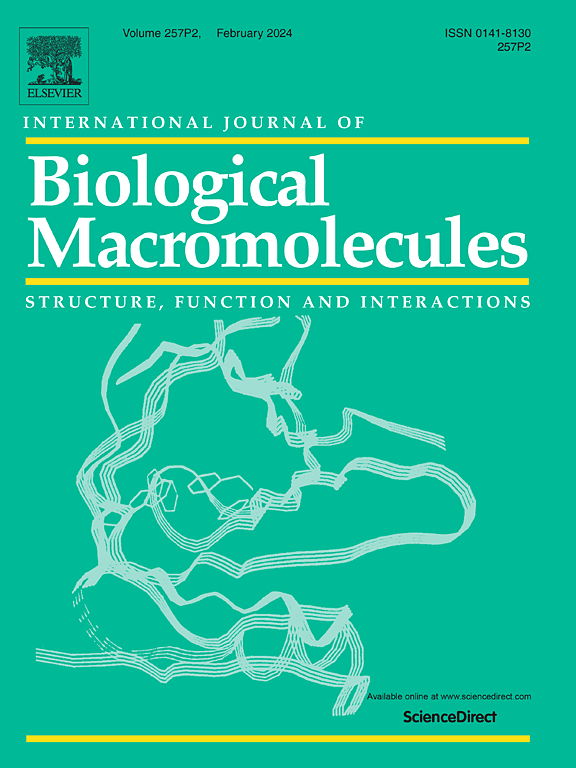Superhydrophobic cotton fabrics for efficient separation of solutions/oils of various corrosiveness and temperatures and removable “wrap-around” suction unit for oil spill adsorption
IF 7.7
1区 化学
Q1 BIOCHEMISTRY & MOLECULAR BIOLOGY
International Journal of Biological Macromolecules
Pub Date : 2025-04-02
DOI:10.1016/j.ijbiomac.2025.142565
引用次数: 0
Abstract
In fact, in the face of efficient recovery of oil spills at sea and the increasingly serious problem of oilfield wastewater, there is no environmentally friendly, economical, simple and mature technical solution, and efficient oil-water separation technology has not yet been fully realised. In this paper, a simple strategy of loading ferric tetroxide (Fe3O4)/zirconium dioxide (ZrO2) nanoparticles on the surface of fabrics or sponges is proposed to successfully prepare superhydrophobic materials (FZ-3-PDMS-CF/PU). It showed excellent performance in the selective separation of water and heavy/light oil. Superhydrophobic fabrics exhibited ultra-high separation efficiency (99.9 %) and good permeate flux (3440 ± 68 L·m−2·h−1) for water/trichloromethane mixtures during oil removal. Meanwhile, the FZ-3-PDMS-CF showed excellent separation effect (>98 %) for all kinds of corrosive solutions/oils as well as different temperature solution/oil mixtures. The energy-saving gravity-driven separation method is used throughout the process, providing a strong competitive path for the separation of light/heavy oil-water mixtures. Notably, “wraparound” fabric-sponge-fabric micro-absorbent devices with double-layer protection and mobility offer options for recovering oil spills at sea.
超疏水棉织物可有效分离各种腐蚀性和温度的溶液/油,可拆卸的 "环绕式 "吸油装置可吸附溢油。
本文章由计算机程序翻译,如有差异,请以英文原文为准。
求助全文
约1分钟内获得全文
求助全文
来源期刊
CiteScore
13.70
自引率
9.80%
发文量
2728
审稿时长
64 days
期刊介绍:
The International Journal of Biological Macromolecules is a well-established international journal dedicated to research on the chemical and biological aspects of natural macromolecules. Focusing on proteins, macromolecular carbohydrates, glycoproteins, proteoglycans, lignins, biological poly-acids, and nucleic acids, the journal presents the latest findings in molecular structure, properties, biological activities, interactions, modifications, and functional properties. Papers must offer new and novel insights, encompassing related model systems, structural conformational studies, theoretical developments, and analytical techniques. Each paper is required to primarily focus on at least one named biological macromolecule, reflected in the title, abstract, and text.

 求助内容:
求助内容: 应助结果提醒方式:
应助结果提醒方式:


